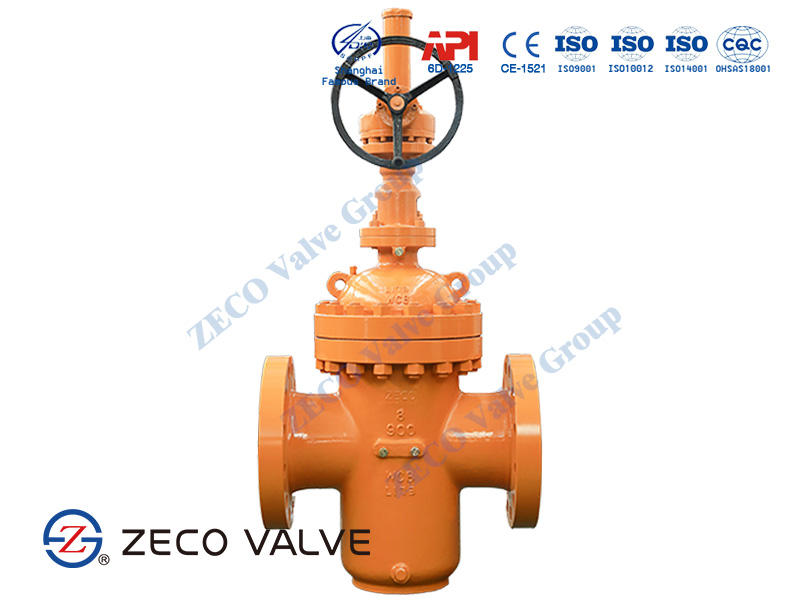What is a Sliding Gate Valve?
Slide gate valves are linear motion valves in which a flat plate slides into the flow stream to provide a shut-off of material or air. The gate can close or open the slide plate on a moving column of material at all times. The slide plate of the gate is not, in most applications, open or exposed to people. Thus, when used as designed and instructed, this type of valve is inherently safe to perform what it was designed to do. A slide plate provides no risk or hazard to the operator inside the system so long as the operator is following proper Lockout/Tagout procedures and has disabled any pneumatic sources.

How does a Sliding Gate Valve work?
The sliding gate valves are characterised by a special throttle device in the functional unit that merely comprises two slotted disks that slide over each other and seal against each other. One sealing disc that is fitted in the housing perpendicular to the direction of flow has a predefined number of transverse slots. The second disc that is torque-proof and has the same arrangement of slots is moved perpendicular to the other one, this thereby changing the flow cross-section. The applied pressure differential presses the movable disc against the stationary disc.
Sliding Gate Valve for Cryogenic Control Tasks
Cryogenic gate valves are adapted to special conditions of service, being designed to operate effectively at temperatures below -40ºC, mainly used in gas liquefaction systems. At a first glance, they can be distinguish by its extended bonnets, that keep stem packaging away enough to remain functional under the effects of the extreme low temperatures of the flow. In the other hand, this special design helps reducing the heat transference from the outside to the interior of the valve, which means energy savings and more efficient systems.
Advantages of Sliding Gate Valves
- Low actuation forces, compact design, low weight
- Long service life, minimal wear, low operating costs
- Precise control with high dynamics
- High cycle performance with very short cycle times
- High KVS values, easily exchangeable
- Low noise emission and no cavitation sensitivity
- High degree of tightness, low leakage due to the functional principle
- Simple design, easy to install and maintain
- Reduced energy consumption and low insulation losses
What is a Flat Gate Valve?
The flat plate gate valve is designed on the basis of the line blind principle. A plane-parallel gate plate slides between two preloaded sealing rings and, in the open position, guarantees no obstruction in the pipeline with no resistance to the flow of the medium. The flat gate valve is used particularly for demanding sealing tasks and difficult media in the chemical, petrochemical and iron & steel industries.
Overviwe of Flat Gate Valve
- Size: from 2″ to 48″
- Pressure: 150 – 1500LB
- Material: WCB, LCB, WC6, WC9, CF8, CF3, CF3M, and CF8M
- Design and production standard: API 600, API6D and ASME B16.34
- Distance between flanges: API 6D, ASME B16.10
- Connected in accordance with standard: ANSI B16.5, ASME B16.47, ANSI B16.25
- Test standard: API598, API6D
- Actuation: can operate with lever, gear box, pneumatic or electric actuator with handwheel for emergencies.
- Medium: The valve is suitable for several media including water, steam, oil, gas, petrol products, nitric acid, acetic acid, etc.
- Working temperature: from -46ºC or -50ºC (stainless steel constructions) and -29ºC (carbon steel constructions) up to 600℃
Related Tags :
Ten articles before and after












